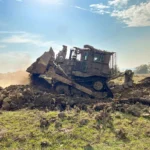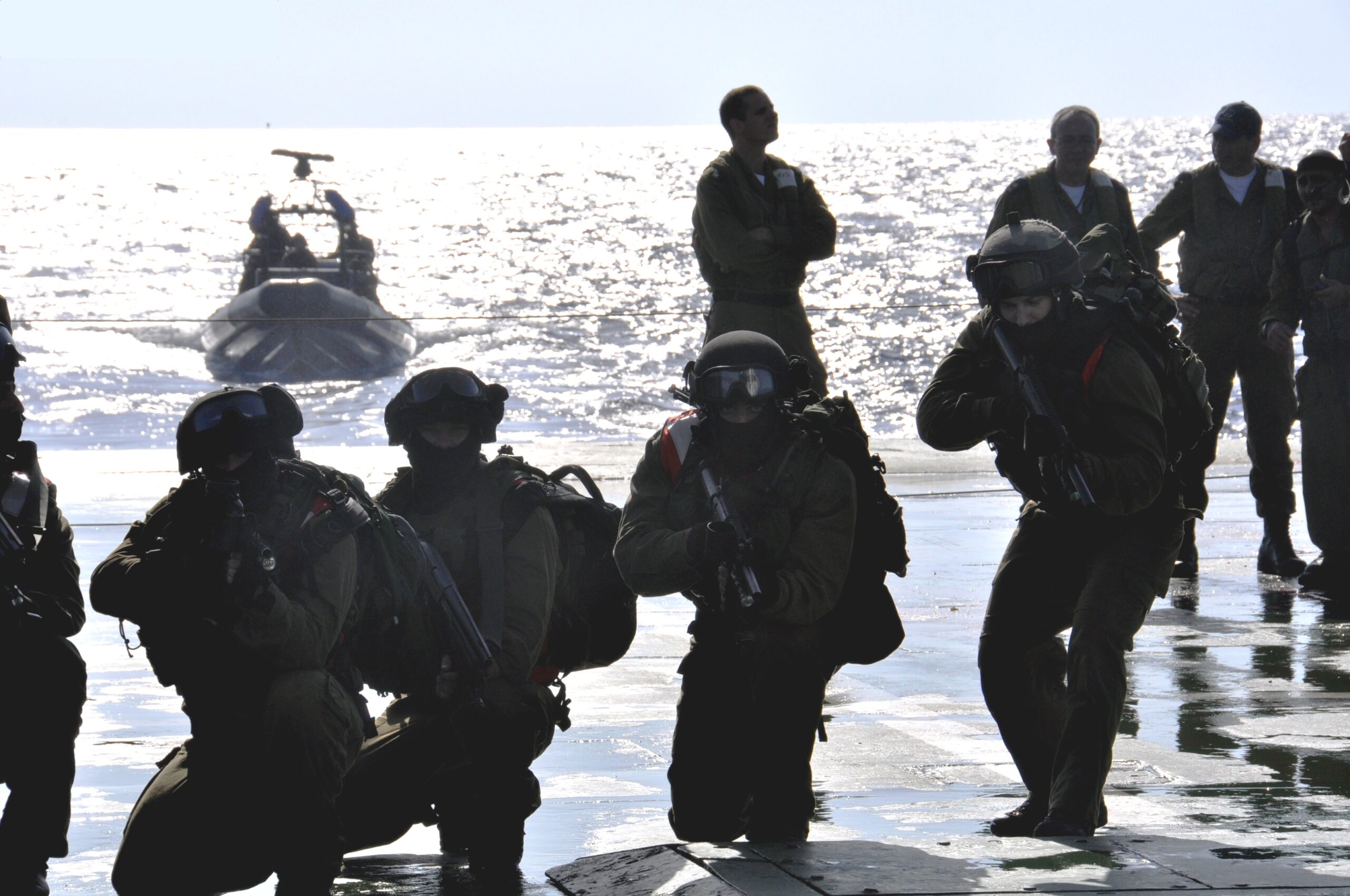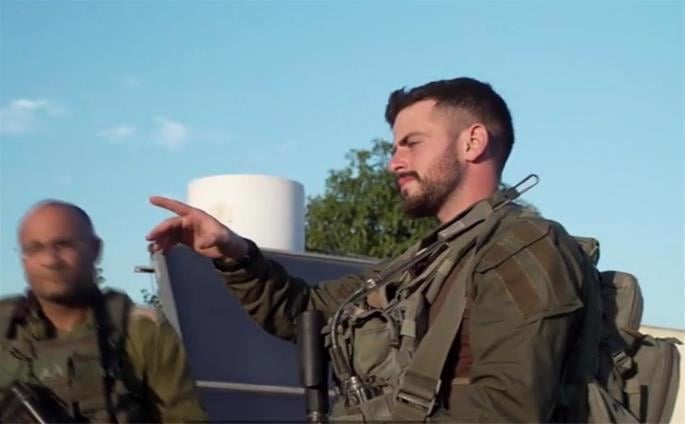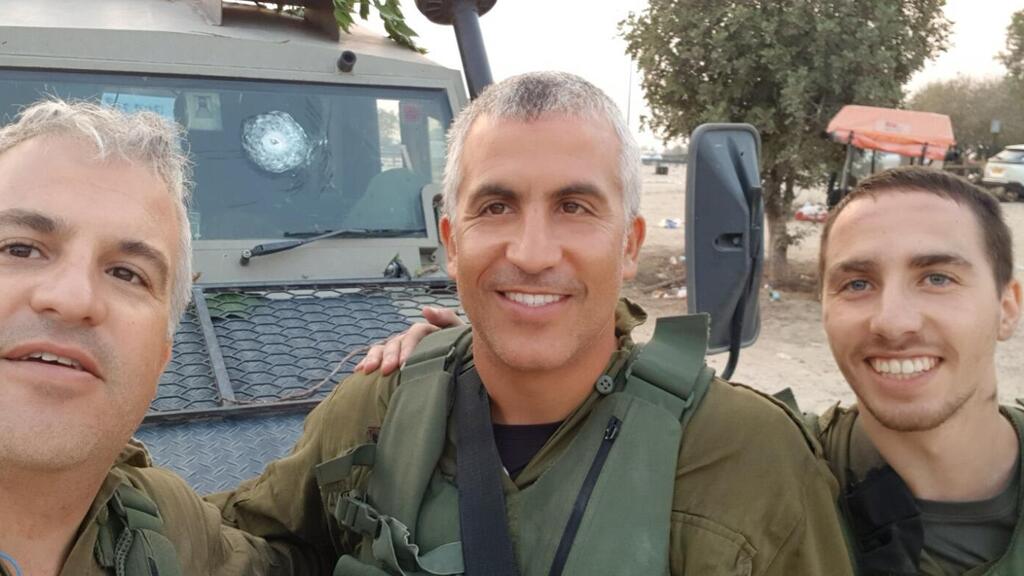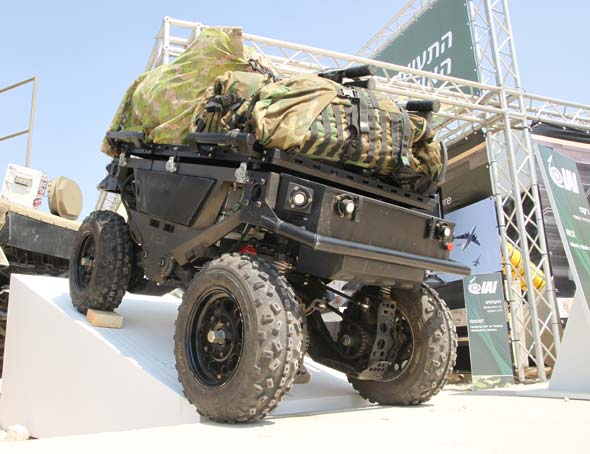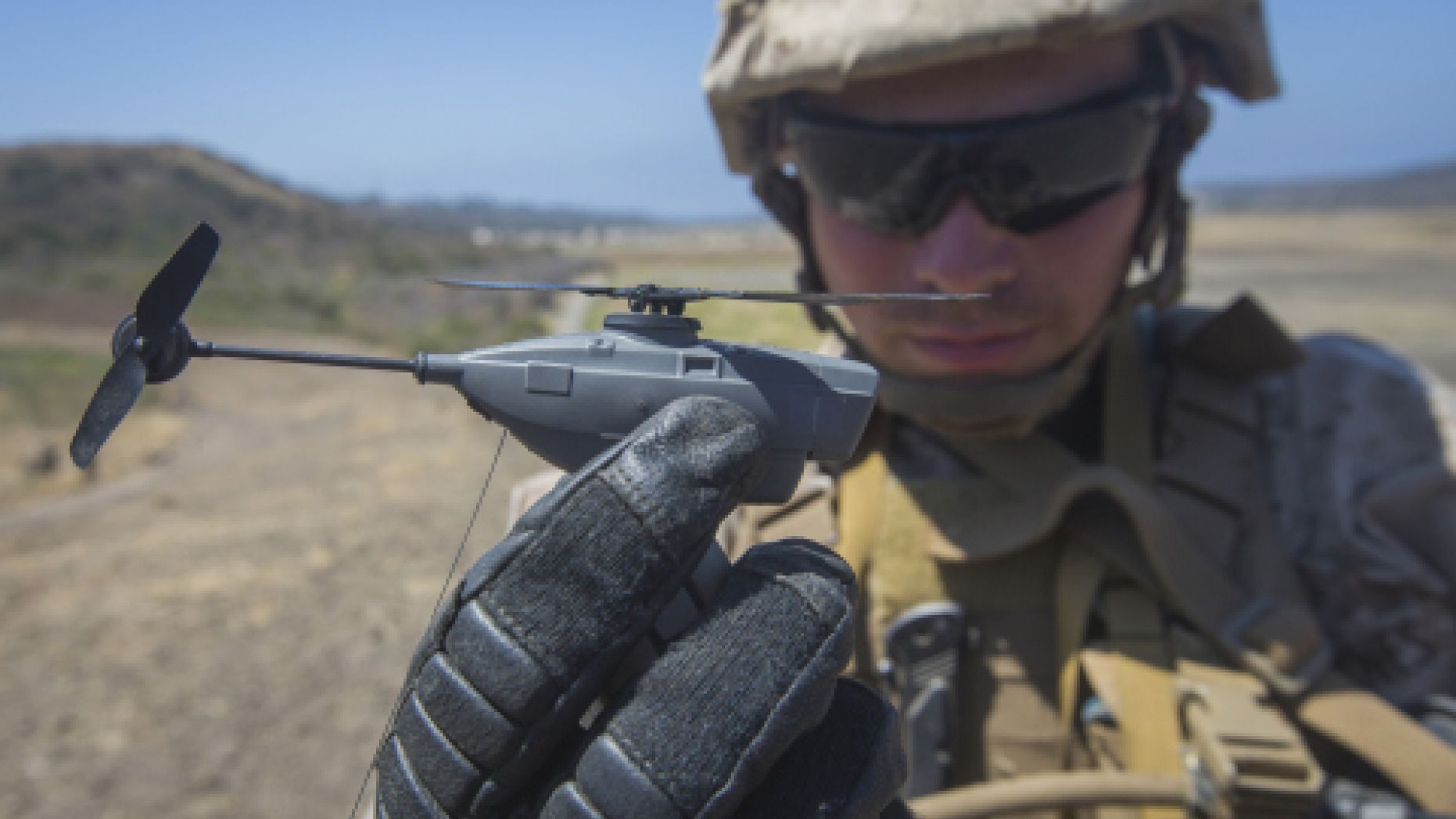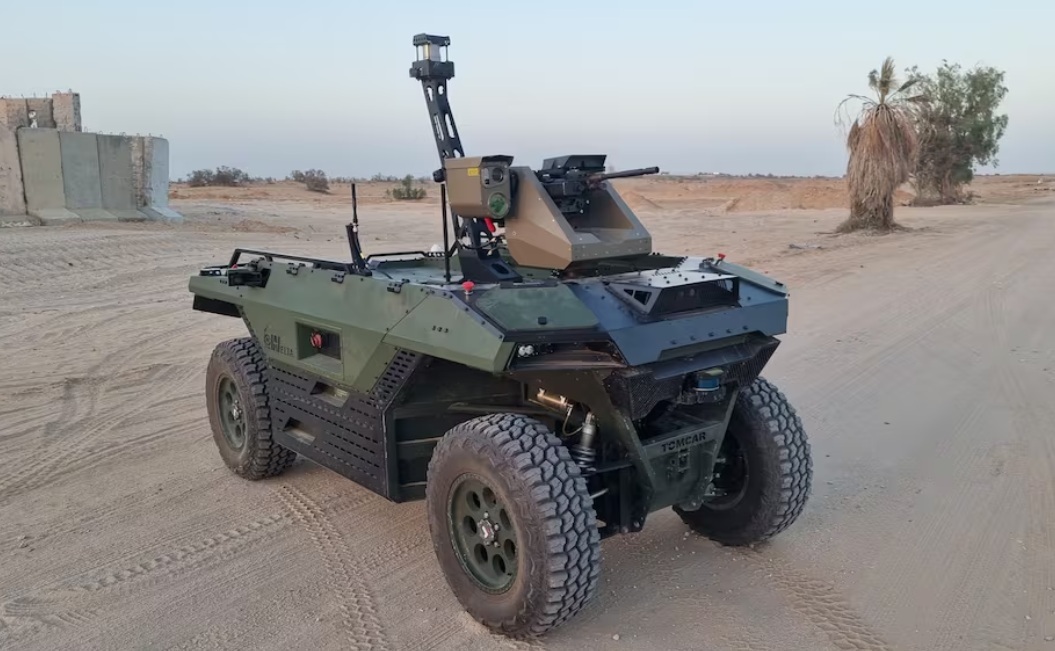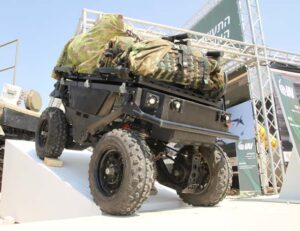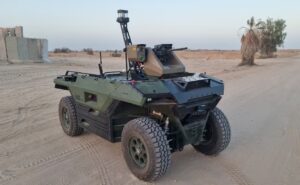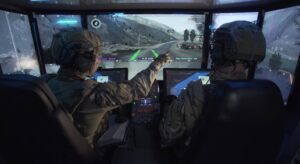The backbone of the operation is the IDF’s newly formed autonomous logistics unit, Taltan, established in mid-2025.
By Hezy Laing
Autonomous IDF convoys have become a critical lifeline for Israeli soldiers operating in hostile terrain, delivering ammunition, fuel, food, and medical supplies without exposing human drivers to enemy fire.
The need for such technology has surged during the ongoing conflict in Gaza, where urban density, sniper threats, and improvised explosive devices make traditional resupply missions perilous.
According to Brigadier General Haim Malki, head of the IDF Logistics Corps, “Every night, convoys enter Gaza,” ensuring that troops receive tailored equipment and essentials.
Since the start of the Swords of Iron campaign in October 2023, the IDF has delivered over one million liters of fuel, tens of thousands of tons of food, and countless rounds of ammunition through these convoys.
The backbone of this innovation is the IDF’s newly formed autonomous logistics unit, Taltan, established in mid-2025 under the Technology and Logistics Directorate.
Taltan integrates robotic vehicles, drones, and AI-guided navigation systems to traverse complex terrain while avoiding ambushes and explosives.
These convoys operate with minimal human oversight, using encrypted communications and real-time battlefield mapping to adjust routes dynamically.
The vehicles are equipped with thermal sensors, radar, and autonomous driving software developed in collaboration with Israeli defense firms like Rafael and Elbit Systems.
One notable success occurred in the Mount Hermon region, where a Taltan convoy navigated through foggy, sniper-infested terrain to resupply a paratrooper unit pinned down for 36 hours.
The convoy delivered 2,000 liters of fuel, 500 kilograms of food, and emergency medical kits, enabling the unit to resume operations without casualties.
The mission was coordinated by Lt. Col. D., who emphasized the shift to “three-dimensional logistics,” combining aerial drops, autonomous ground vehicles, and drone surveillance.
IDF autonomous convoys typically consist of 3 to 10 vehicles, depending on the mission, terrain, and threat level.
Smaller convoys of 3–5 vehicles are used for rapid resupply in high-risk zones like Gaza, while larger formations of up to 10 vehicles may operate in more secure areas or during coordinated logistics pushes.
Each vehicle in the convoy is equipped with autonomous navigation systems, encrypted communications, and real-time battlefield mapping.
The IDF’s Taltan unit, established in 2025, oversees these operations using robotic platforms such as modified M113 APCs and unmanned ground vehicles like the Jaguar.
These convoys deliver fuel, food, ammunition, and medical supplies while minimizing exposure to ambushes and IEDs.
During the Swords of Iron campaign, convoys entered Gaza nightly, with over 1 million liters of fuel and tens of thousands of tons of supplies delivered autonomously.
The vehicles maintain formation using telematics and AI coordination, adjusting routes dynamically based on threat intelligence and terrain analysis.
As warfare becomes increasingly urban and asymmetric, autonomous convoys offer a safer, faster, and more adaptable solution to battlefield logistics.
Israel’s success in deploying these systems positions it as a global leader in military automation and operational resilience.








